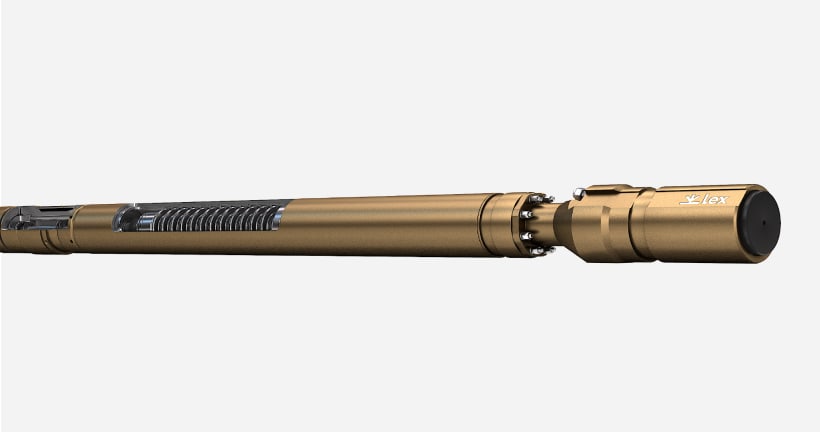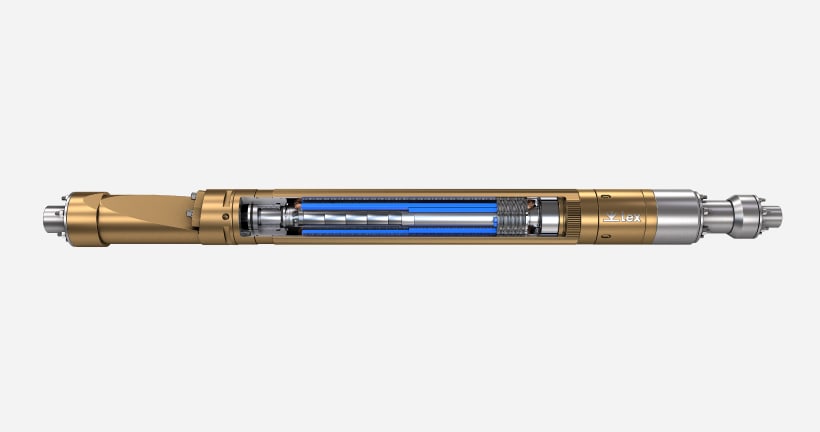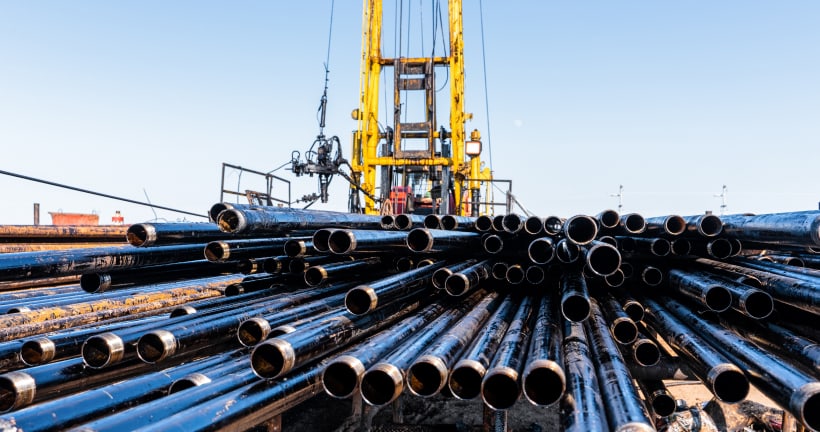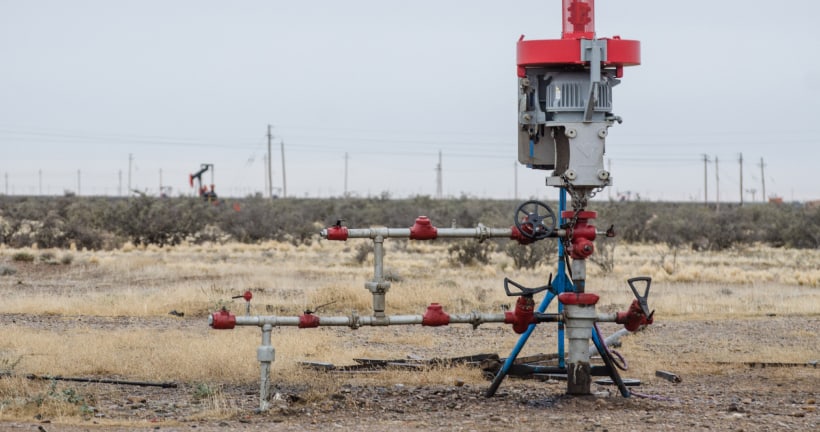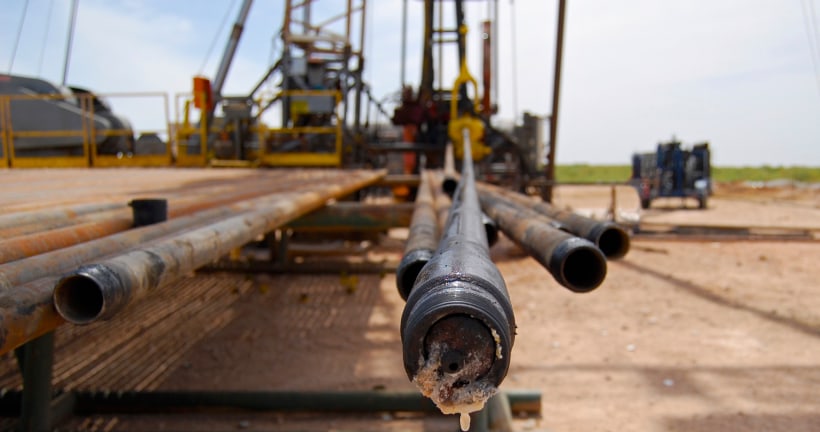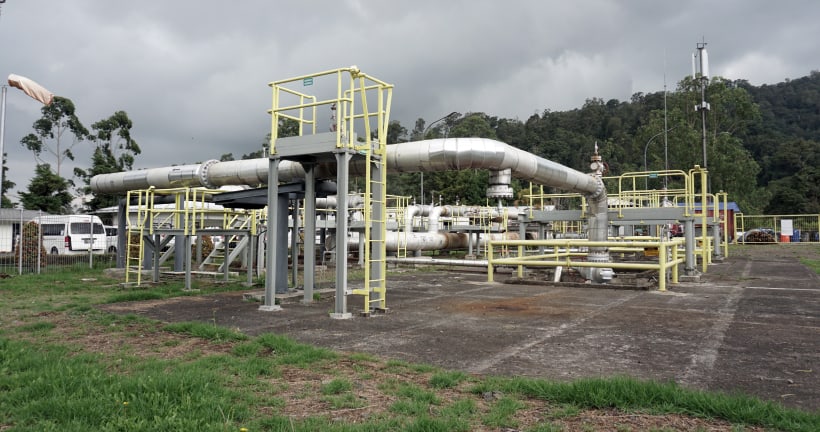Lex Ultra-High-Speed ESP Results
- Runlife has been increased by 13 times (and still growing) vs. average runlife of 18 previous installations;
- Pump setting depths were below / in the mid-point of perforations interval;
- Successful passing the DLS casing due to compact design;
- Stable operation in harsh well conditions:
- the fluid temperature in offshore wells of 230-266 °F (110-130 °С) with 9 5/8” (244,5 mm) casing;
- free gas content at the pump intake over 70%;
- sand content over 1,000 ppm (1,000 mg/l);
- Total cost of ownership has been reduced by 29%.
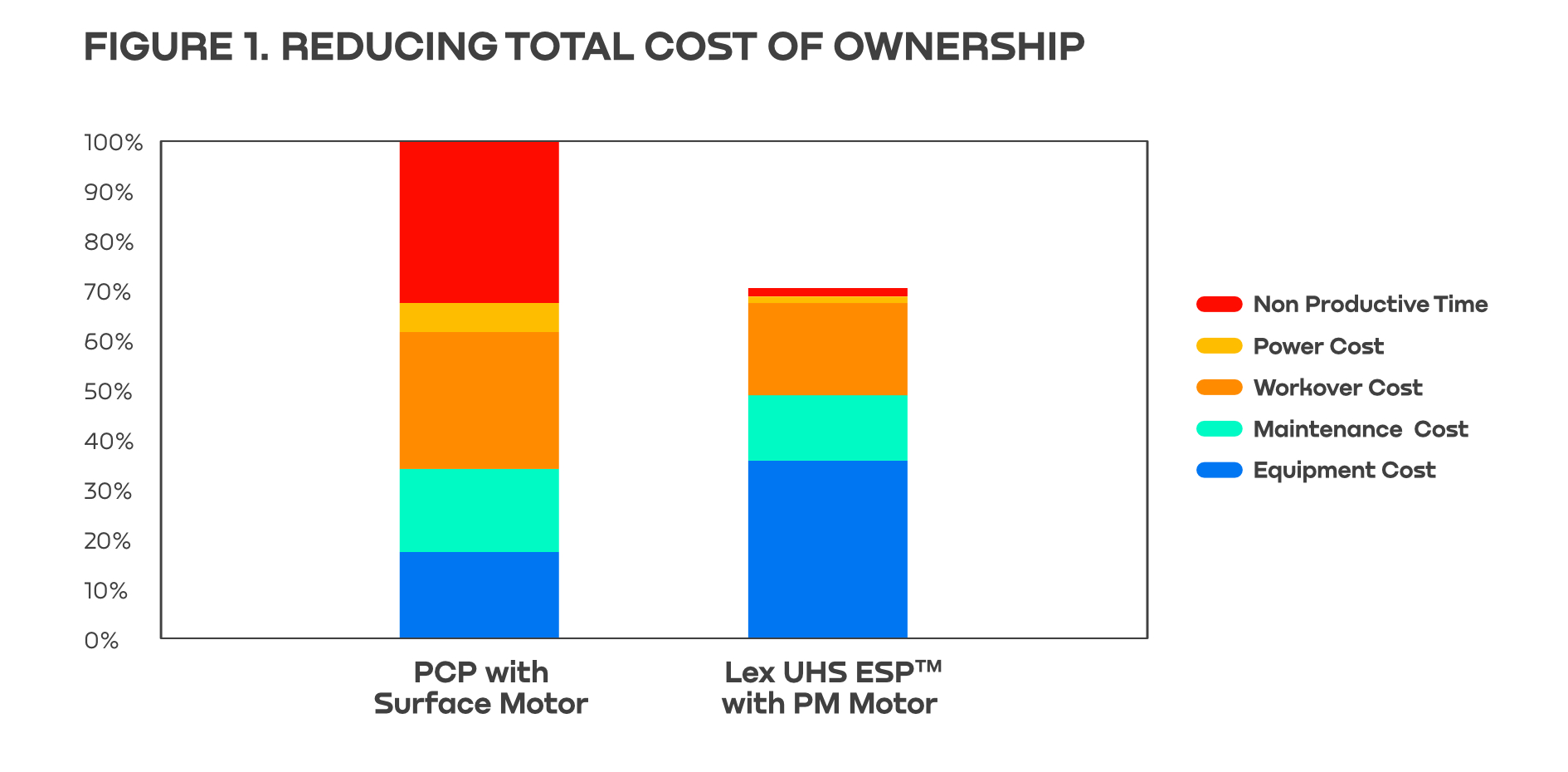
Client’s fields are located in the Democratic Republic of the Congo in Central Africa. The onshore reservoir is located at 5,905 ft TVD (1,800 m TVD), operated well is completed with 5.5” API Casing. The offshore reservoir is located at 7,218 ft TVD (2,200 m TVD), operated well is completed with 9 5.8” (244.5 mm) API Casing.
Operated wells are complicated with the following factors:
- Offshore 9 5/8” (244,5 mm) casing with whipstock with DLS of 13° per 100 ft (30 m);
- Slim 5.5” (139,7 mm) casing onshore well with pass-through DLS over 9° per 100 ft (30 m);
- High downhole temperatures 230-266 °F (110-130 °C);
- Gas content at pump intake is above 70%;
- High sand content over 1,000 ppm (1,000 mg/l).
Client contacted us to overcome several challenges. The existing artificial lift equipment at onshore wells (progressive cavity pumps, sucker rod pumps, standard pumps) failed often and quickly – their 18 systems had a runlife of about 46 days. Current gaslift equipment had low efficiency with low fluid and oil rate. It was necessary to optimize production and replace equipment with more reliable and efficient technology.
Following research and detailed analysis of the wells, we recommended replacing the client’s equipment with UHS ESPTM systems, all with a nameplate speed of 10,000 rpm. We proposed installing the wide-range UHS-500 system designed for NP flow range from 125 to 560 bblpd with 500 bblpd at BEP (20-90 m3/d with 80 m3/d at BEP), with integrated advanced gas handling device and shroud construction improved for a large-hole casing.
In mid 2020, we sent the Lex Ultra-High Speed ESPs to Central Africa from our manufacturing facility.
The Lex engineering team travelled to Africa to execute pre-installation checks, start-up, commissioning, on-site daily monitoring, and equipment performance reviews. We also trained the local engineering team to ensure they had the expertise to manage the system.
In mid-October 2020, the UHS ESPTM systems were installed and put into operation. Installation took only an hour, which is eight times faster than previous ESP installations at this well. This is possible because UHS ESPTM systems are always tested at the manufacturing facility being fully assembled. After testing, the UHS ESPTM is delivered to the well site for the installation, which consists of MLE connection and protectolizers positioning.
After leaving the field, Lex engineers continued to remotely monitor the operation of wells and provide engineering support to the Client’s team.
This project’s results have proved the Lex Ultra-High-Speed ESP technology is effective and reliable enough to replace other artificial lift solutions in harsh well conditions. Also, we were able to increase wells profitability despite the current oil prices drop and OPEC+ restrictions, proving the economic efficiency of the technology.

